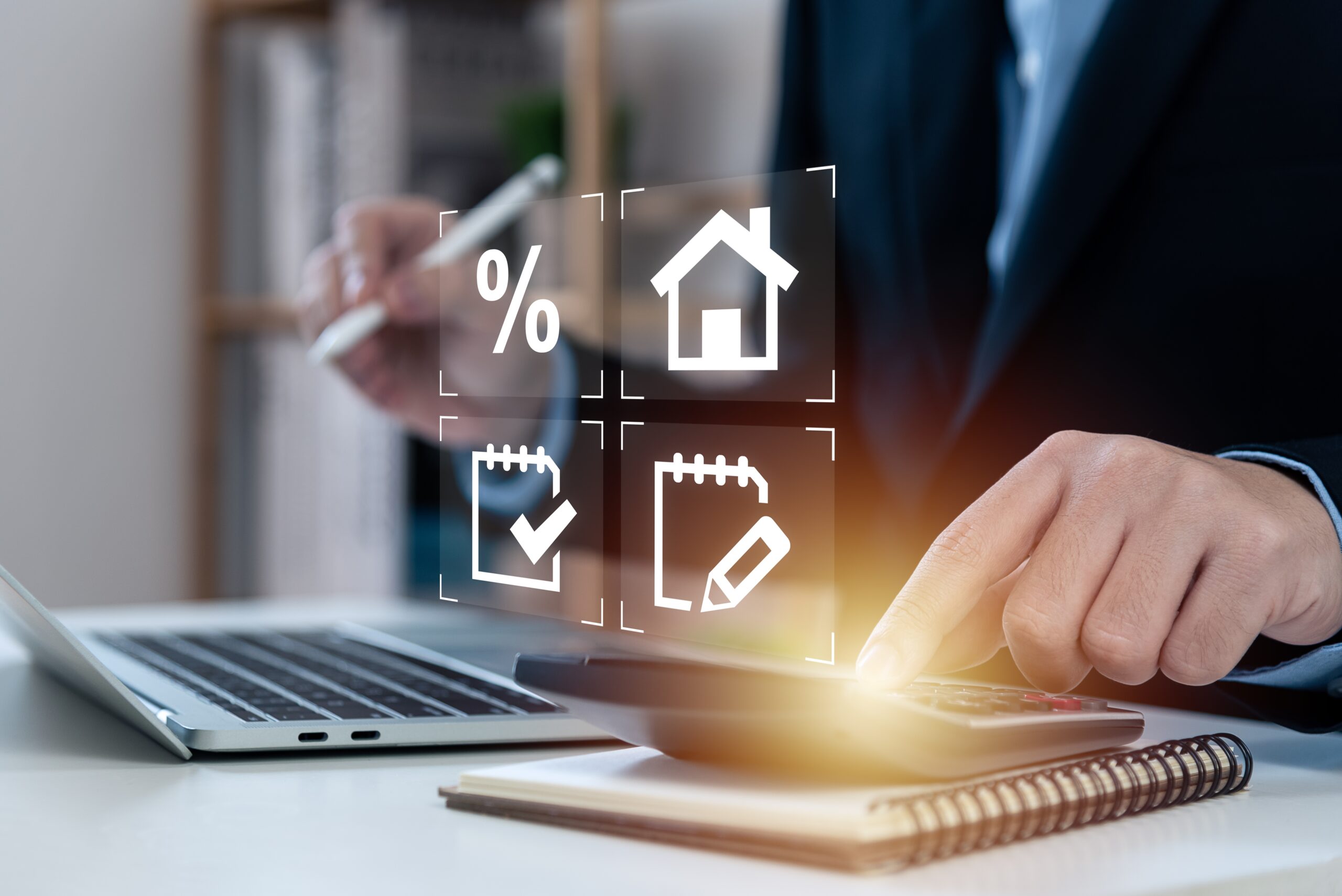
In today’s economic climate, millions of Americans are feeling the weight of high-interest debt, especially from credit cards. And while many homeowners are hesitant to part ways with their low-interest mortgage rates, there’s a powerful financial strategy worth considering: consolidating your high-interest debt using your mortgage.
The Debt Crisis No One Talks About
Let’s talk numbers. According to the Federal Reserve and recent data from Experian, the average U.S. consumer carries around $6,501 in credit card debt, with total household credit card debt exceeding $1.13 trillion as of early 2025. Even more alarming is the average credit card interest rate, which now exceeds 22% APR—and in some cases, it’s even higher.
That means if you’re only making minimum payments, most of your money is going toward interest—not the principal. It’s a cycle that keeps your balance barely moving while draining your income month after month.
Why Holding on to Your Low-Interest Mortgage Might Be Costing You
Understandably, many homeowners with interest rates in the 3%–4% range are reluctant to refinance, especially with today’s mortgage rates hovering higher. But here’s the truth: a low interest rate on your mortgage doesn’t necessarily mean you’re in the best financial position if you’re also juggling multiple high-interest debts.
Let’s break it down with an example.
Suppose you have:
- $25,000 in credit card debt at an average 22% interest rate
- Monthly payments around $750
- No end in sight because most of that payment is going to interest
Now, imagine using a cash-out refinance or Home Equity Line of Credit (HELOC) to pay off that $25,000 in one fell swoop. Even if your new mortgage rate is 6.5%—considerably higher than your original 3%—your blended monthly payment could be hundreds of dollars less, depending on the terms. More importantly, you’re now paying that balance down at a much lower rate and building equity at the same time.
The Wealth-Building Snowball Effect
Once you eliminate high-interest revolving debt and free up cash each month, you can:
- Make additional principal payments on your mortgage
- Shorten your loan term without refinancing again
- Pay less in interest over time
- Own your home faster
- Save or invest your surplus cash
This is how homeowners turn their biggest liability into their biggest wealth-building asset.
What Are Your Options?
If you’ve built equity in your home, you might be eligible for:
- A Cash-Out Refinance: Replace your current mortgage with a new one, taking out extra cash to cover your debts.
- A HELOC (Home Equity Line of Credit): A flexible line of credit you can use as needed, often with lower rates than credit cards.
Both options allow you to convert high-interest, unsecured debt into a manageable payment that works for you—not against you.
Is It Right for You?
This strategy isn’t one-size-fits-all. But if you’re tired of feeling like you’re drowning in debt and want to explore ways to use your home’s equity to gain financial freedom, it’s worth having a conversation.
Yes, mortgage rates may be higher than before. But if you’re paying 22% or more on credit card balances, even a 6.5% mortgage looks like a bargain. It’s time to stop focusing solely on interest rates and start looking at the big financial picture.
Ready to See What’s Possible?
Let’s talk. Contact a licensed mortgage professional today, they’ll look at your full financial snapshot and help determine if a debt consolidation refinance or HELOC makes sense for you. The goal is simple: give you more financial breathing room and a path to true wealth-building.




